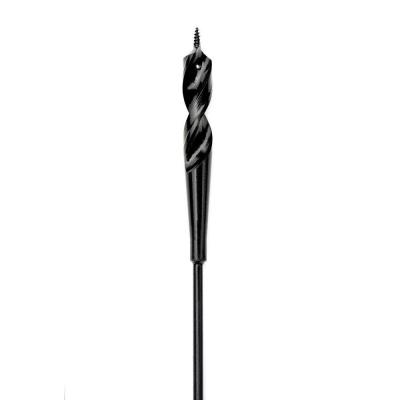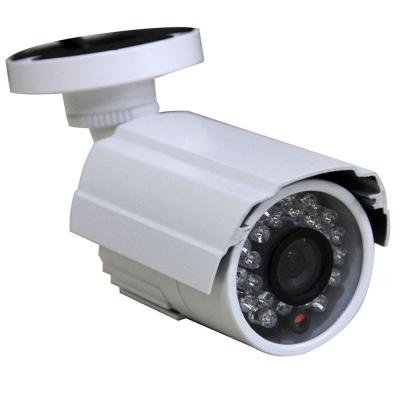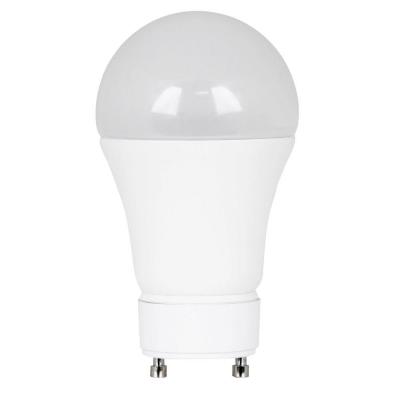Find industrial electrician - Ask And Expert - DIY Help Center - In addition, the PLC continues monitoring the entire system using a variety of sensors. Residential & commercial services - underground wiring installation, surge protection inspection, ceiling fans troubleshooting, electrical panel etc. These systems automatically start and shut down critical equipment in large and complex manufacturing processes. When in operation, programmable logic controllers ensure that all conditions are met before starting up a certain machine or process ..More
- Install Outdoor Lighting Warren, IL
- Install Surge Protection Bellingham, WA
The Basics of Programmable Logic Controllers
Programmable logic controllers provide automatic control of processes so that very little human intervention is required. Yet, this results in a well-coordinated, repetitive process.
These systems automatically start and shut down critical equipment in large and complex manufacturing processes. When in operation, programmable logic controllers ensure that all conditions are met before starting up a certain machine or process. In addition, the PLC continues monitoring the entire system using a variety of sensors.
Consequently, this ensures that everything runs as programmed. The PLC will trip if it detects a malfunction or abnormality in any of the monitored parameters.
The operating environment, size of the processes, ease of access by operators and maintenance personnel influence the choice of PLC.
A harsh environment with dust or small particles will require a PLC system with an appropriately IP rated enclosure. This prevents ingress of foreign particles into the system. The available space and layout also influence the choice. Therefore, most users require easy access for reprogramming, maintenance, or troubleshooting.
The simplest form of a PLC, all the basic components of a PLC include the I/O points, CPU, and software program. It is typically housed in a single enclosure. These PLCs are attached directly to the equipment being controlled.
Modular PLCs consists of several components on a common bus within a base unit to allow extending of the input and output. These units work on an expandable base unit. Therefore, it provides all the basic components of a PLC, i.e., a power supply, I/O points, memory and the CPU, and slots for additional cards. These modules, which may be from the same or different manufacturers, are plugged together into a base unit.
This follows the same modular concept, but each of the modules plugs into a rack. The add-on modules are contained in racks which are then linked together through a network of connections. Since the rack mounting PLC is highly scalable, it allows very large systems to be assembled.
In energy management, the PLC monitors and controls equipment such as boiler systems. It helps the organization increase energy efficiency and safety. PLCs are also used in numerous everyday activities. They are found in factories, homes, commercial buildings, airports, unmanned car parks, and more.
Finally, some practical applications include:



